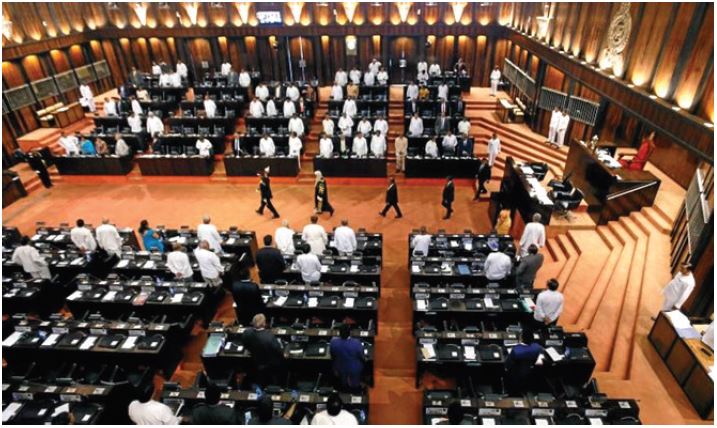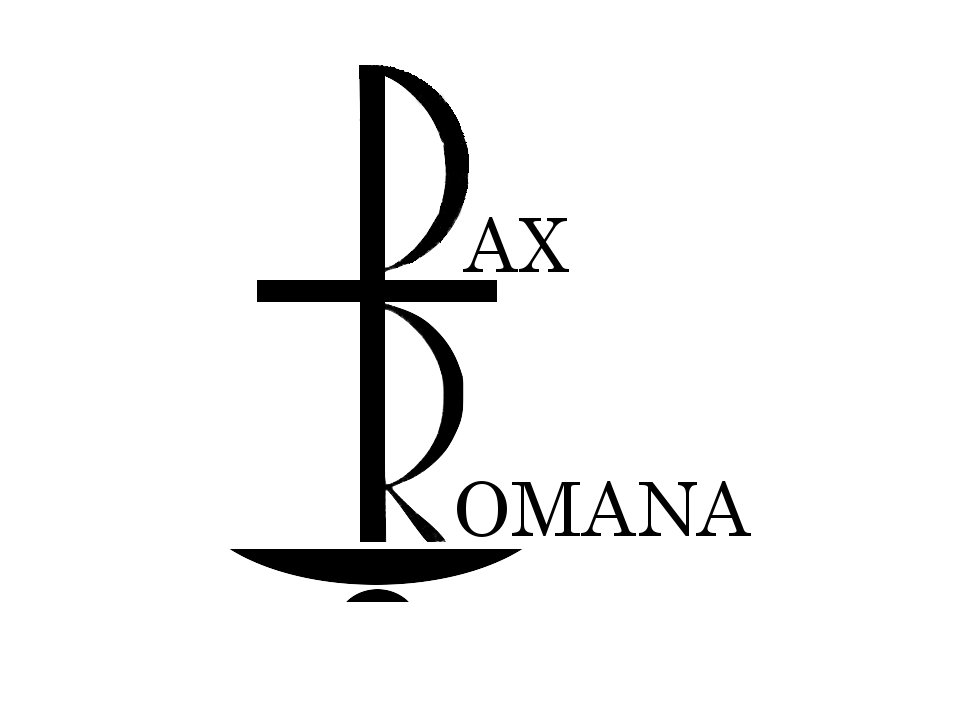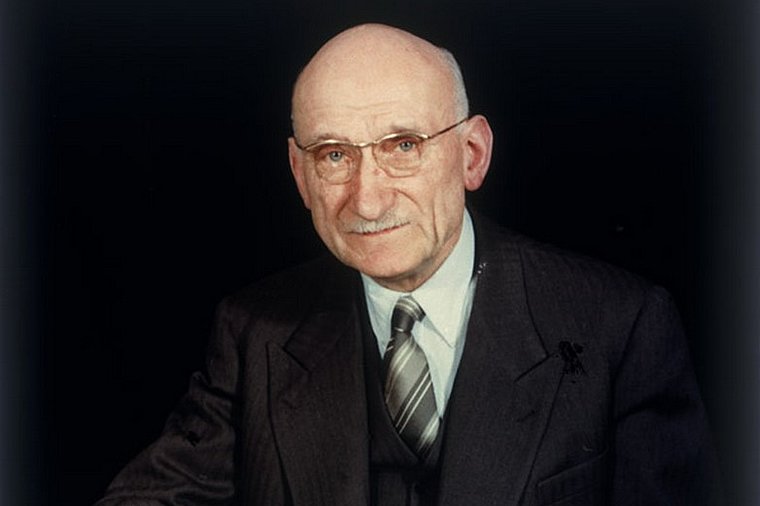On November 251h and 261h of this year, 2016, the Joan Maragall Foundation – a Barcelona center dedicated to the dialogue between faith and culture – and Obra Social “La Caixa” organized the International Symposium “State and religion and their relationship in today’s pluralistic democracies” at the Palau Macaya. This event completed the reflection that the Joan Maragall Board of Trustees has dedicated to a topic that has lately been the object of their concern.
With this symposium, the Joan Maragall Foundation and the Palau Macaya intend to encourage debate and reflection on today’s challenges for religion and the emergence of religious pluralism in democratic societies today, especially in Europe.
Europe’s commitment to freedom of conscience and religion imposes new obligations on legal and political institutions, both national and international ones. Religious minorities, mostly arriving due to immigration, reveal in an unusually clear way the inevitable biases that occur in the law and in administrative operations . lt is appropriate, therefore, to reflect on the danger of discrimination against minority religions and the limits or boundaries of accommodation in order to make them reasonable regarding the requirements arising from religious beliefs. One cannot discount, in this context, the difficulty of combining universal values to which liberal systems aspire with the accommodation of religious and cultural minorities. Thus, the Symposium has proposed an assessment of the different models of secularism that can be used in the European context, and from this starting point, the Joan Maragall Foundation aims to explain the challenges and formulas which secularism has to face, as well as to propose suitable corrections to the regulations.
From a sociological point of view, both qualitatively and quantitatively , the different speakers and events of the Symposium allowed us to see that in the current concept of religion there are two dimensions: the transcendent and that of cultural identity. Regarding secularism , we must now distinguish between three different directions: the differentiation of secular spheres, the decline of religious beliefs and practices, and the privatization of religion. However, ultimately, modernization processes have a negative impact on the stability of religious communities and on their practices and beliefs.
Empirical evidence allows us to state that in Western countries there is a negative correlation between GDP and religious beliefs, as well as a generational divide that is characterized by the fact that young people have a greater leaning toward spirituality. Both of these facts, then, rebut or at least call into question the idea that western societies may be considered post-secular.
Currently there are three models for managing religious diversity: the assimilationist model, the multicultural model and intercultural model. One of the main objectives of plural societies today is the struggle against discrimination and the establishment of religious accommodation as a way to combat it. For this reason, it is the intercultural model which allows the broadest consideration of religious freedom without forgetting the importance of social cohesion. Public space must be open; that is, religion must not be privatized, as there is a body of citizens who respond to the question of identity in religious terms. Therefore, it is the duty of the public institutions, when faced with serious conflicts of conscience, to considering the possibility of accommodating to the demands of citizens, and not simply to require them to adapt. Given the role of these institutions, it is deemed appropriate to use the term inclusive neutrality, which is more suitable than “secularism” and “secularization”, to describe church-state relations.
The system of inclusive neutrality addresses public recognition of religions and thus accepts and manages the growing religious diversity in pluralistic societies today. In Europe, where this reality is closest to us, religion is faced with two basic problems: the integration of Islam; and loss of significance of Christianity in the public sphere, which paradoxically coexists with the emergence of new secularizing demonstrations against the cultural, educational and social presence of Christianity.
The integration of Islam as one of the fastest growing religions in Europe involves a contrast between the favorable disposition of public policies, for the most part, and social perception. In European societies there has been a sudden increase in Islamophobia arising from a disproportionate reaction to the positions of a Muslim minority that questions secularism and conditions the social image of everything to do with Islam.
Moreover, the problem of conciliation must go through a process of religious acculturation, especially regarding Christianity as the major religion in Europe. It is desirable, in order to promote peaceful coexistence, to highlight traditional and historical aspects of the Christian religion that are part of Europe’s identity.
Thus, we must adopt, as a model of management of religious diversity, the intercultural model, which situates states and their governments in what has come to be called inclusive neutrality. This would thereby guarantee those conditions that are essential to ensure non-discrimination for religious reasons and good accommodation for religious minorities: 1) the avoidance of laws that contain religious or secularizing elements; 2) that citizens, secular or religious, share responsibility for the appropriateness of the language of their public contributions to ensure that the contents of the laws into which they are translated are comprehensible to everyone; 3) that, in order for a law to be completely compatible with this model, what American jurisprudence has called the “Lemon test” must be applied; that is, the law must have a secular purpose and not involve excessive government interference in religious affairs; and, lastly, 4) that the model is flexible and therefore does not perpetuate traditional relationships, permitting the renewal of the rhythm marked by social changes.
We understand, therefore, that faced with the challenges that have been outlined, along with the goals that need to be achieved, the best model for Europe, according to the Joan Maragall Foundation, is the intercultural model. In this way, we can continue to collaborate in claiming Europe to be a democratic meeting place of freedom and universality that does not reject either its history or its tradition, but which remains open to social changes whenever necessary.




Leave A Comment
You must be logged in to post a comment.